Abarth 500 595 695 vs Hyundai IONIQ 6 – Which car suits you better?
Two cars, one duel: Abarth 500 595 695 meets Hyundai IONIQ 6.
Which one wins in performance, efficiency and value for money? Find out now!
Costs and Efficiency:
Price and efficiency are often the first things buyers look at. Here it becomes clear which model has the long-term edge – whether at the pump, the plug, or in purchase price.
Abarth 500 595 695 has a a bit advantage in terms of price – it starts at 32600 £, while the Hyundai IONIQ 6 costs 37600 £. That’s a price difference of around 5066 £.
In terms of energy consumption, the advantage goes to the Hyundai IONIQ 6: with 13.90 kWh per 100 km, it’s distinct more efficient than the Abarth 500 595 695 with 17.10 kWh. That’s a difference of about 3.20 kWh.
As for range, the Hyundai IONIQ 6 performs decisively better – achieving up to 614 km, about 349 km more than the Abarth 500 595 695.
Engine and Performance:
Under the bonnet, it becomes clear which model is tuned for sportiness and which one takes the lead when you hit the accelerator.
When it comes to engine power, the Hyundai IONIQ 6 has a clearly edge – offering 650 HP compared to 155 HP. That’s roughly 495 HP more horsepower.
In acceleration from 0 to 100 km/h, the Hyundai IONIQ 6 is clearly quicker – completing the sprint in 3.20 s, while the Abarth 500 595 695 takes 7 s. That’s about 3.80 s faster.
In terms of top speed, the Hyundai IONIQ 6 performs evident better – reaching 257 km/h, while the Abarth 500 595 695 tops out at 155 km/h. The difference is around 102 km/h.
There’s also a difference in torque: Hyundai IONIQ 6 pulls convincingly stronger with 770 Nm compared to 235 Nm. That’s about 535 Nm difference.
Space and Everyday Use:
Whether family car or daily driver – which one offers more room, flexibility and comfort?
Seats: Hyundai IONIQ 6 offers to a small extent more seating capacity – 5 vs 4.
In curb weight, Abarth 500 595 695 is clearly perceptible lighter – 1410 kg compared to 1850 kg. The difference is around 440 kg.
In terms of boot space, the Hyundai IONIQ 6 offers decisively more room – 401 L compared to 185 L. That’s a difference of about 216 L.
When it comes to payload, Hyundai IONIQ 6 somewhat takes the win – 430 kg compared to 385 kg. That’s a difference of about 45 kg.
Who wins the race?
The Hyundai IONIQ 6 proves to be wins the duel decisively and therefore becomes our DriveDuel Champion!
Hyundai IONIQ 6 is the better all-rounder in this comparison.
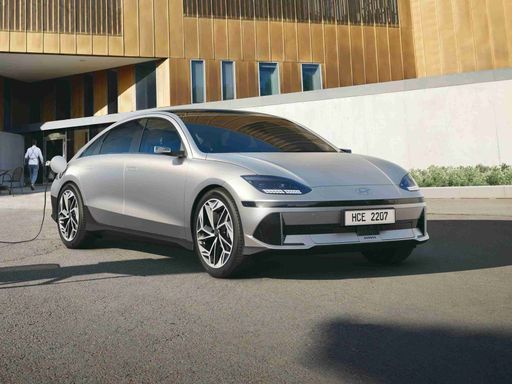 @ Hyundai Motor Company
@ Hyundai Motor Company
Hyundai IONIQ 6
Abarth 500 595 695
The Abarth 500, particularly in its 595 and 695 renditions, captures the spirit of Italian motoring with its compact yet aggressive design. Known for its lively performance and distinctive styling, this little powerhouse is a joy to drive, offering an engaging experience that appeals to enthusiasts. With its rich motorsport heritage, the Abarth 500 embodies the essence of fun and excitement on both the streets and the race track.
details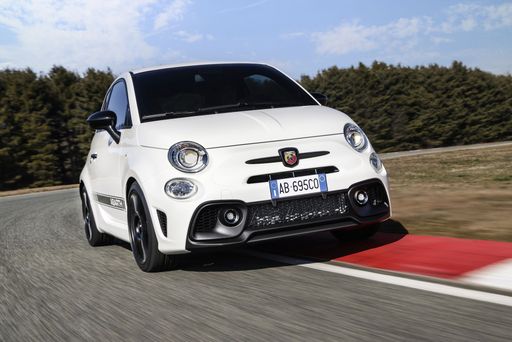 @ Abarth / Stellantis Media
@ Abarth / Stellantis Media
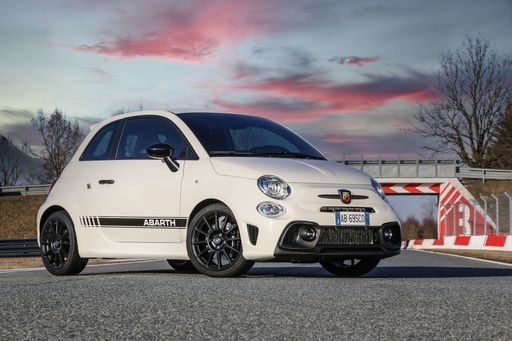 @ Abarth / Stellantis Media
@ Abarth / Stellantis Media
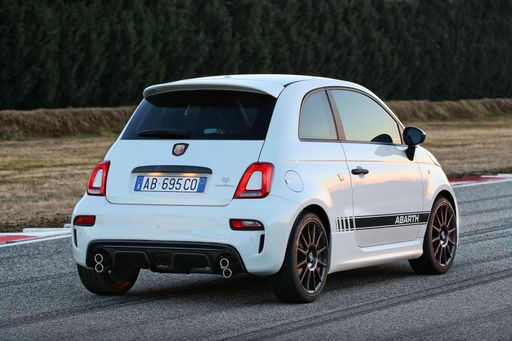 @ Abarth / Stellantis Media
@ Abarth / Stellantis Media
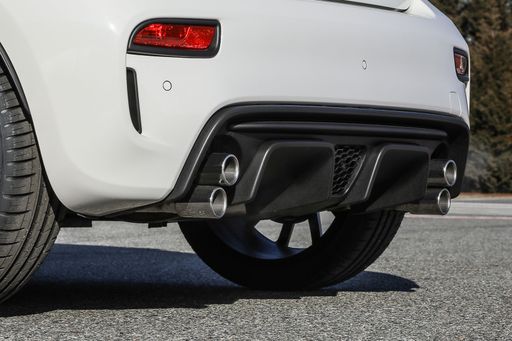 @ Abarth / Stellantis Media
@ Abarth / Stellantis Media
 @ Abarth / Stellantis Media
@ Abarth / Stellantis Media
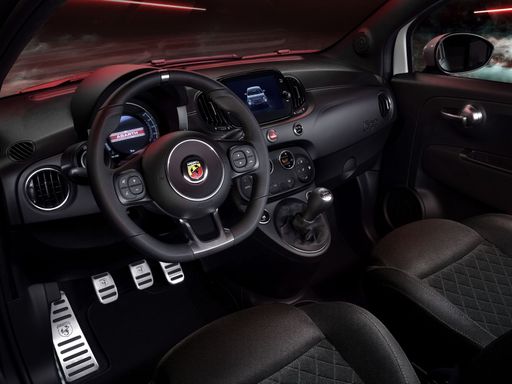 @ Abarth / Stellantis Media
@ Abarth / Stellantis Media
Hyundai IONIQ 6
The Hyundai IONIQ 6 merges futuristic design with eco-friendly technology, offering a glimpse into the future of electric mobility. Its sleek silhouette and aerodynamic profile are sure to capture attention on the road, while the interior provides a seamless blend of comfort and cutting-edge digital features. With a focus on efficiency and sustainability, this model represents a significant step forward in the evolution of electric vehicles.
details @ Hyundai Motor Company
@ Hyundai Motor Company
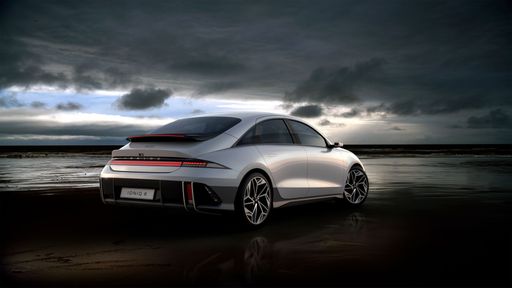 @ Hyundai Motor Company
@ Hyundai Motor Company
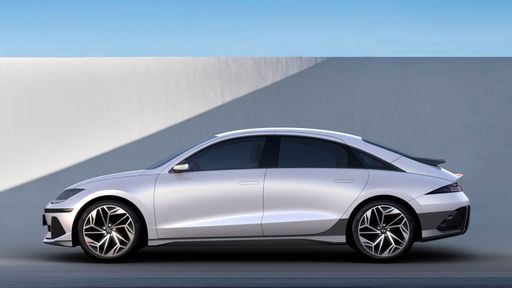 @ Hyundai Motor Company
@ Hyundai Motor Company
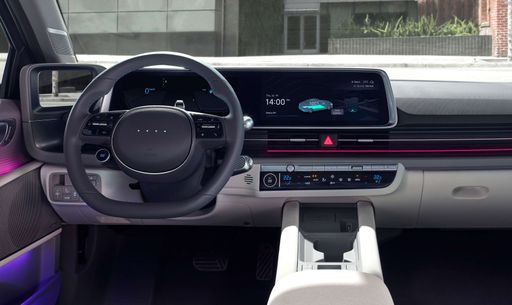 @ Hyundai Motor Company
@ Hyundai Motor Company
 @ Abarth / Stellantis Media
@ Abarth / Stellantis Media
|
 @ Hyundai Motor Company
@ Hyundai Motor Company
|
|
|
|
Costs and Consumption |
|
|---|---|
|
Price
32600 - 39400 £
|
Price
37600 - 64300 £
|
|
Consumption L/100km
-
|
Consumption L/100km
-
|
|
Consumption kWh/100km
17.1 - 18.8 kWh
|
Consumption kWh/100km
13.9 - 15.1 kWh
|
|
Electric Range
242 - 265 km
|
Electric Range
429 - 614 km
|
|
Battery Capacity
37.80 kWh
|
Battery Capacity
53 - 84 kWh
|
|
co2
0 g/km
|
co2
0 g/km
|
|
Fuel tank capacity
-
|
Fuel tank capacity
-
|
Dimensions and Body |
|
|---|---|
|
Body Type
Hatchback
|
Body Type
Hatchback
|
|
Seats
4
|
Seats
5
|
|
Doors
3
|
Doors
4
|
|
Curb weight
1410 - 1435 kg
|
Curb weight
1850 - 2095 kg
|
|
Trunk capacity
185 L
|
Trunk capacity
401 L
|
|
Length
3673 mm
|
Length
4855 - 4935 mm
|
|
Width
1682 mm
|
Width
1880 - 1940 mm
|
|
Height
1518 mm
|
Height
1495 mm
|
|
Max trunk capacity
550 L
|
Max trunk capacity
-
|
|
Payload
370 - 385 kg
|
Payload
425 - 430 kg
|
Engine and Performance |
|
|---|---|
|
Engine Type
Electric
|
Engine Type
Electric
|
|
Transmission
Automatic
|
Transmission
Automatic
|
|
Transmission Detail
-
|
Transmission Detail
Reduction Gearbox
|
|
Drive Type
Front-Wheel Drive
|
Drive Type
Rear-Wheel Drive, All-Wheel Drive
|
|
Power HP
155 HP
|
Power HP
151 - 650 HP
|
|
Acceleration 0-100km/h
7 s
|
Acceleration 0-100km/h
3.2 - 8.8 s
|
|
Max Speed
155 km/h
|
Max Speed
185 - 257 km/h
|
|
Torque
235 Nm
|
Torque
350 - 770 Nm
|
|
Number of Cylinders
-
|
Number of Cylinders
-
|
|
Power kW
114 kW
|
Power kW
111 - 478 kW
|
|
Engine capacity
-
|
Engine capacity
-
|
General |
|
|---|---|
|
Model Year
2023
|
Model Year
2022 - 2025
|
|
CO2 Efficiency Class
A
|
CO2 Efficiency Class
A
|
|
Brand
Abarth
|
Brand
Hyundai
|
Is the Abarth 500 595 695 offered with different drivetrains?
The Abarth 500 595 695 is offered with Front-Wheel Drive.
The prices and data displayed are estimates based on German list prices and may vary by country. This information is not legally binding.
